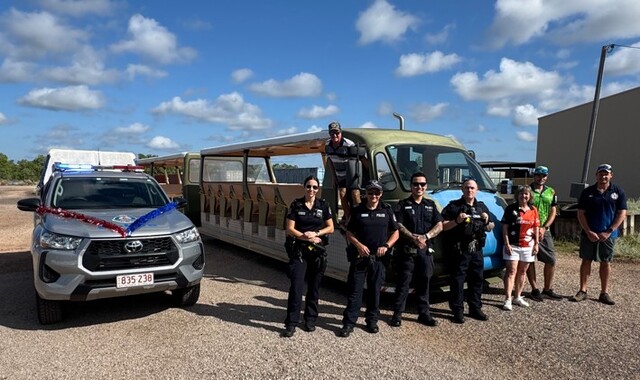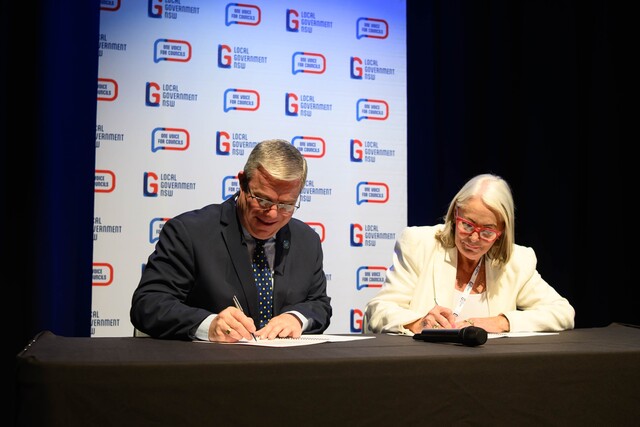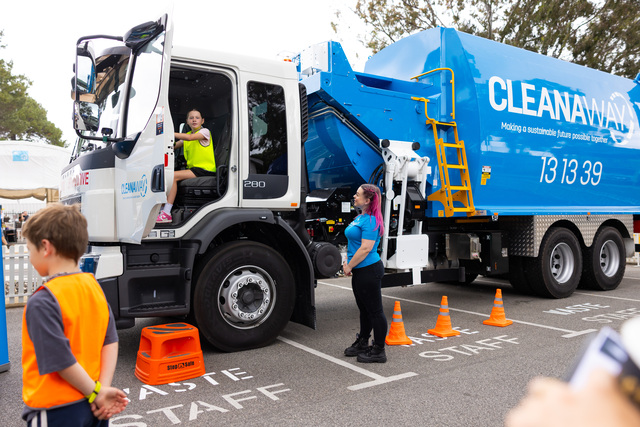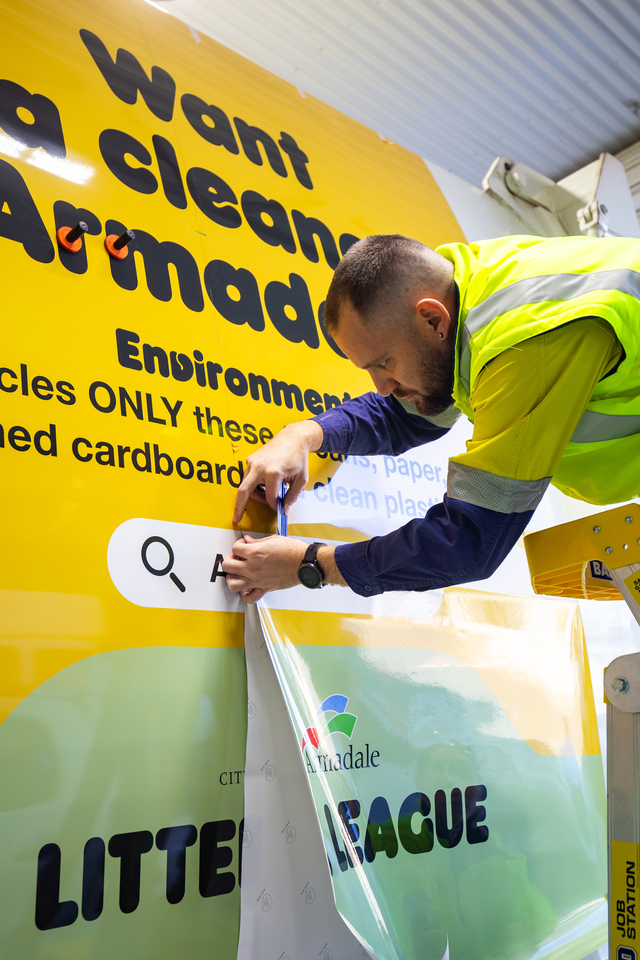The Shire of Plantagenet in Western Australia has installed a long-awaited roof over the dirt pens at the Mount Barker Regional Saleyards.
The $400,000 project had been identified as a priority for several years, and has now been completed on time and on budget.
The Shire appointed Albany builder Koster’s Steel Constructions for the design and construction of a skillion roof at the complex.
A grant of $200,000 was secured for the project, which has been provided under the Great Southern Development Commission’s (GSDC) Regional Grants Scheme, made possible by the State Government’s Royalties for Regions program.
Saleyards Manager Stewart Smith said the roofing would provide major benefits to the operation of the saleyards.
“Covered pens improve cattle presentation which will assist to maximise price as buyers from supermarkets and meat processors are seeking the best quality beef for their market,” he said.
“A number of cattle sales were undertaken while the roof was being erected and the benefits have already been noticed.”
Animal welfare is a high priority for the Council. The covered roof will improve the shelter and conditions of stock awaiting transport and the onward journey will be more comfortable for older cattle in particular.
Cattle held in covered pens are less susceptible to stress related weight loss. This will contribute to increasing the live weight of the animals being sold at the facility.
The roofing is already reducing stock pen waterlogging, enhancing saleyards operations.
Waterlogging presents a serious safety issue for stock handlers as it reduces their ability to move around the pen quickly should an animal charge at them.
The Shire’s Chief Executive Officer, Rob Stewart, said, “By continually improving and upgrading the Saleyards, we can maintain its status as a state-of-the-art facility that values animal welfare and environmental best practices.
“The Shire is very thankful to the GSDC, which recognises the importance of this project to the sustained development of the regional cattle industry and the regional economy.”
Customers that had been standing out in the weather during sales, particularly hot weather during the weaner season, have welcomed the increased roofed area over walkways.
This will attract more producers resulting in an increasing number of cattle through the saleyards.
The roof is also increasing water supply by harvesting additional stormwater runoff. The additional water is being used for stock drinking water and wash down, reducing the use of scheme water.







